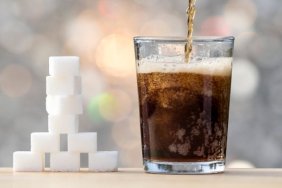Photo: Desiree Martin / Contributor (Getty Images)
A recent study published in the Environmental Science & Technology journal found that over 90 percent of salt sold worldwide is contaminated with microplastics. Not only that, but out of the 39 different salt brands researchers looked at, only three were free from plastic.
We’re all aware of how our plastic use is causing detrimental effects to the planet, but many of us may have been oblivious to the fact that we are also seasoning microplastics all over our food.
Heal The World: Donate To These Environmental Charities
Less than 5 millimeters in size, microplastics originate from broken down pieces of plastic and therefore can make their way into our food. Scientists estimate that we could be consuming 2,000 microplastics a year.
This makes us question just what other foods we’re eating that contains microplastics?
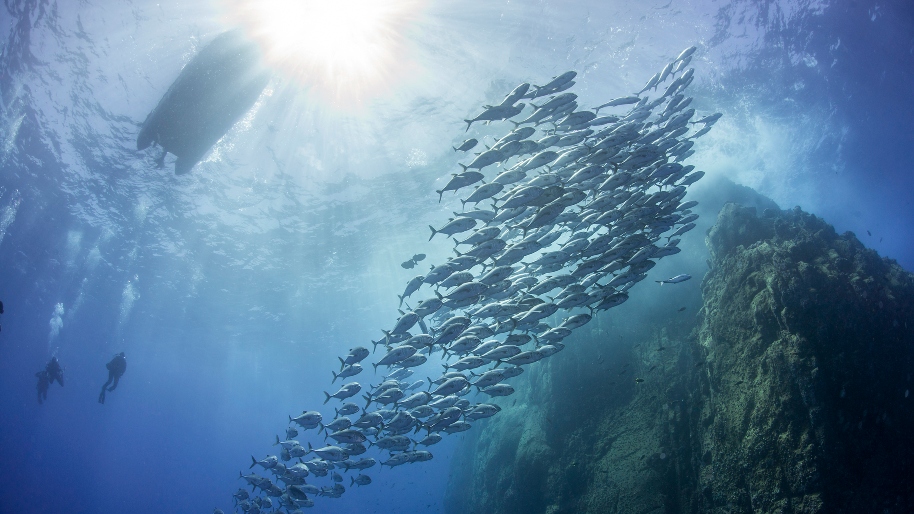
Fish
A study found that 80 percent of anchovies researched had at least one microplastic in their liver. Another study found four brands of canned fish included microplastics. One portion would “only” include up to five microplastics. Meanwhile, a separate study found that a portion of mussels from Europe could contain up to 90 microplastic pieces.
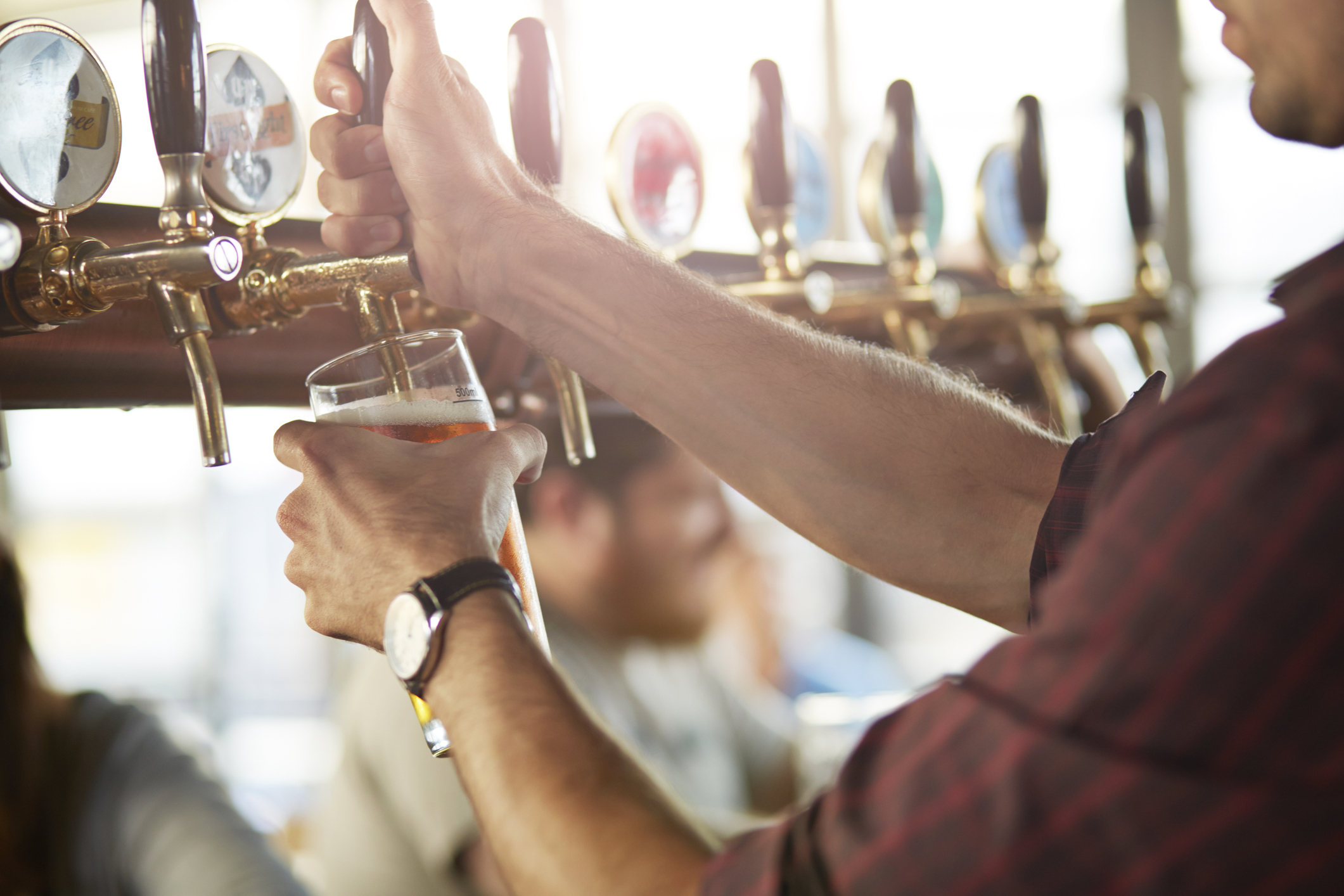
Beer
Is nothing sacred anymore? Yep, scientists discovered microplastics (up to ten in a pint) in 24 German beer brands, suggesting they’re likely to be found in other beers from around the world, too.
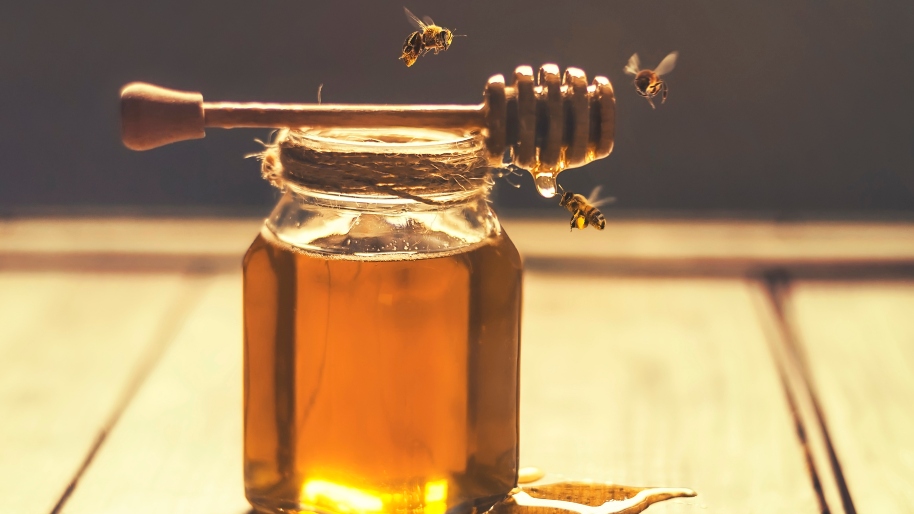
Honey
Scientists have also found microplastics in sugar and honey. Researchers suggested bees has transported the microplastics into the hive by bees or introduced in the honey making process.
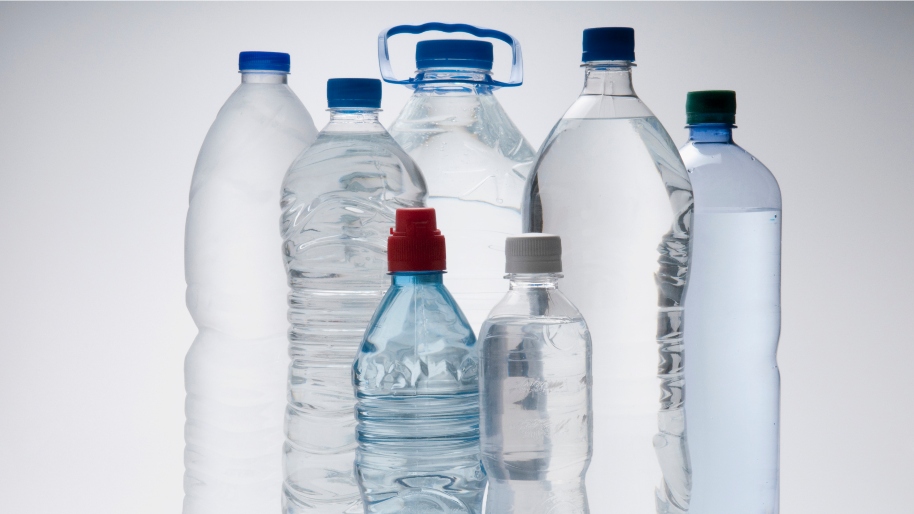
Water
Single-use plastic and glass bottled water were found to contain up to 44 microplastics per liter, while reusable bottles could contain more around 241 microplastics, primarily polyester and polypropylene. The source of the microplastics came from the packaging itself. Tap water isn’t free from the tiny plastics, either. Around ninety-four percent of the tap water sampled in a different study included plastic fibers.
Eco-Friendly Fashion: These Brands Are Green AF
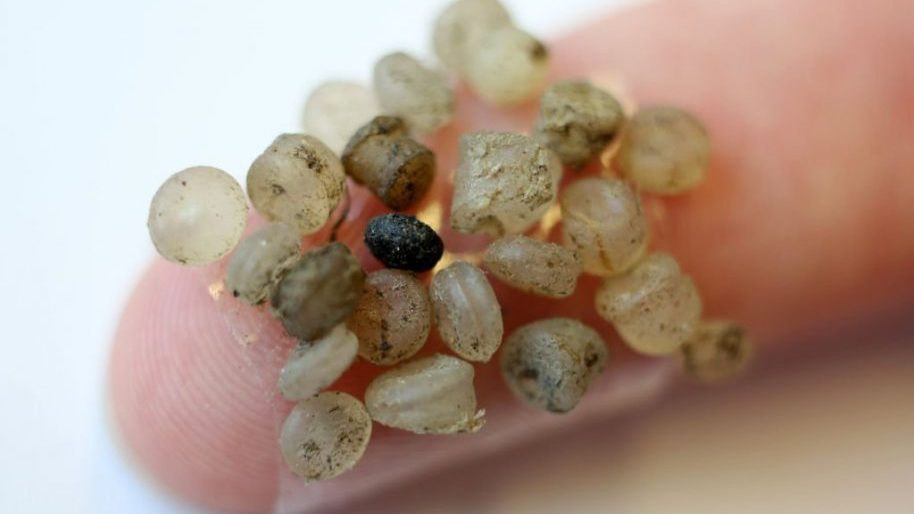
Do They Harm Us?
The simple answer is we don’t quite know yet. “Unfortunately, there isn’t much scientific data at the moment that’s able to tell us whether or not ingesting plastics is actually harmful to our health,” said Abbas Kanani, a pharmacist at Chemist Click. Kanani believes that further in-depth research will “provide more concise and conclusive evidence.”
What Can We Do To Avoid Eating Microplastics?
Unfortunately, it’s not that simple. Even the air we breathe contains microplastics. Kanani suggested cutting down on using plastic food packaging and utensils because chemicals found in both could leak into the food we consume.
“I think it’s important that we all try our best to reduce the use of plastic and switch to recyclable and environment-friendly products for the benefit of our health and our world,” he concluded.
What are you doing to help the environment? Are you willing to cut down on your use of plastic food packaging and utensils? Sound off in the comments!







